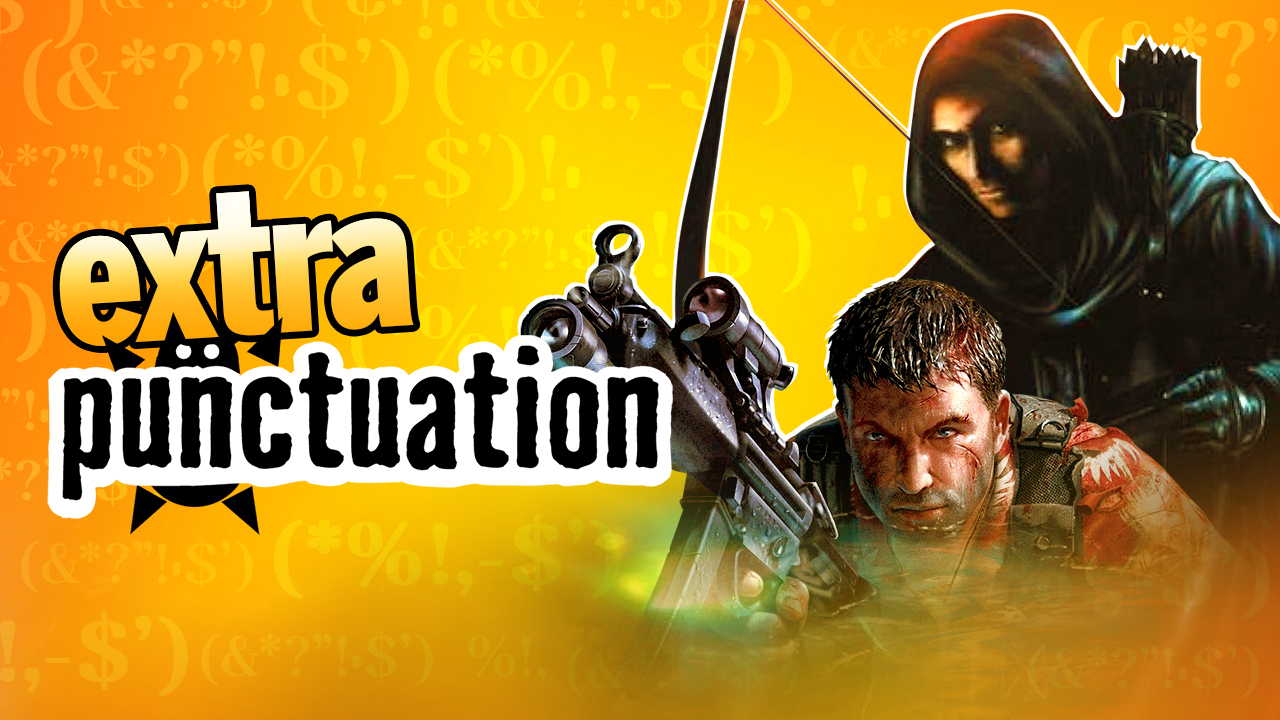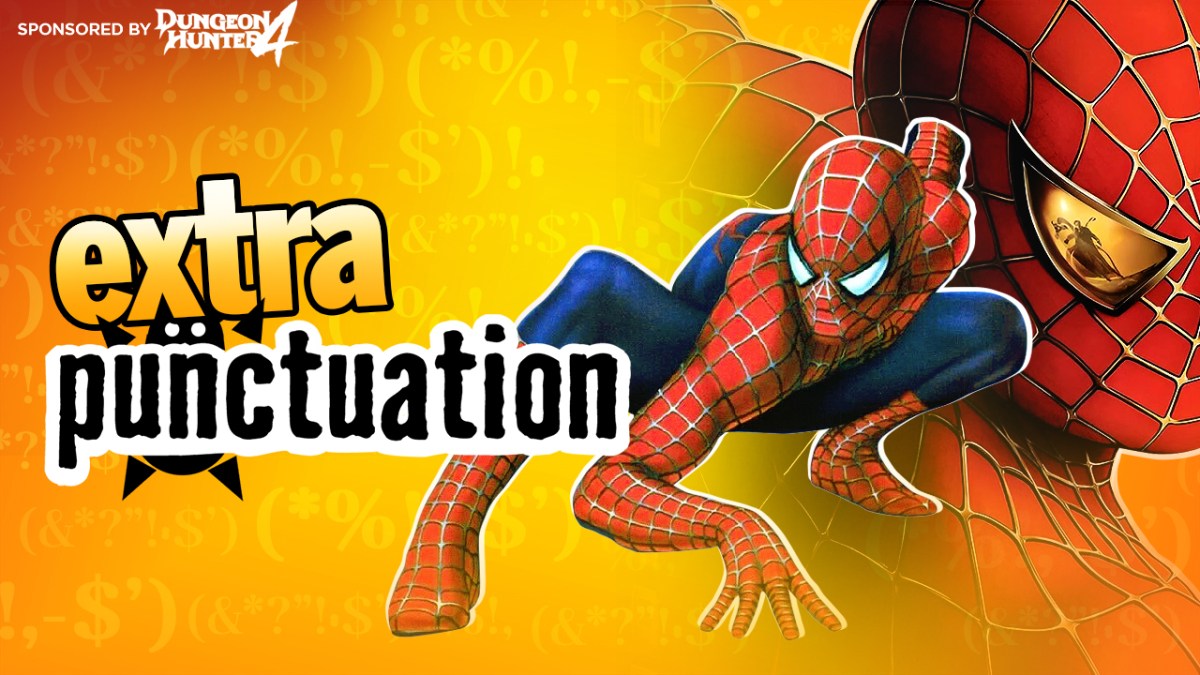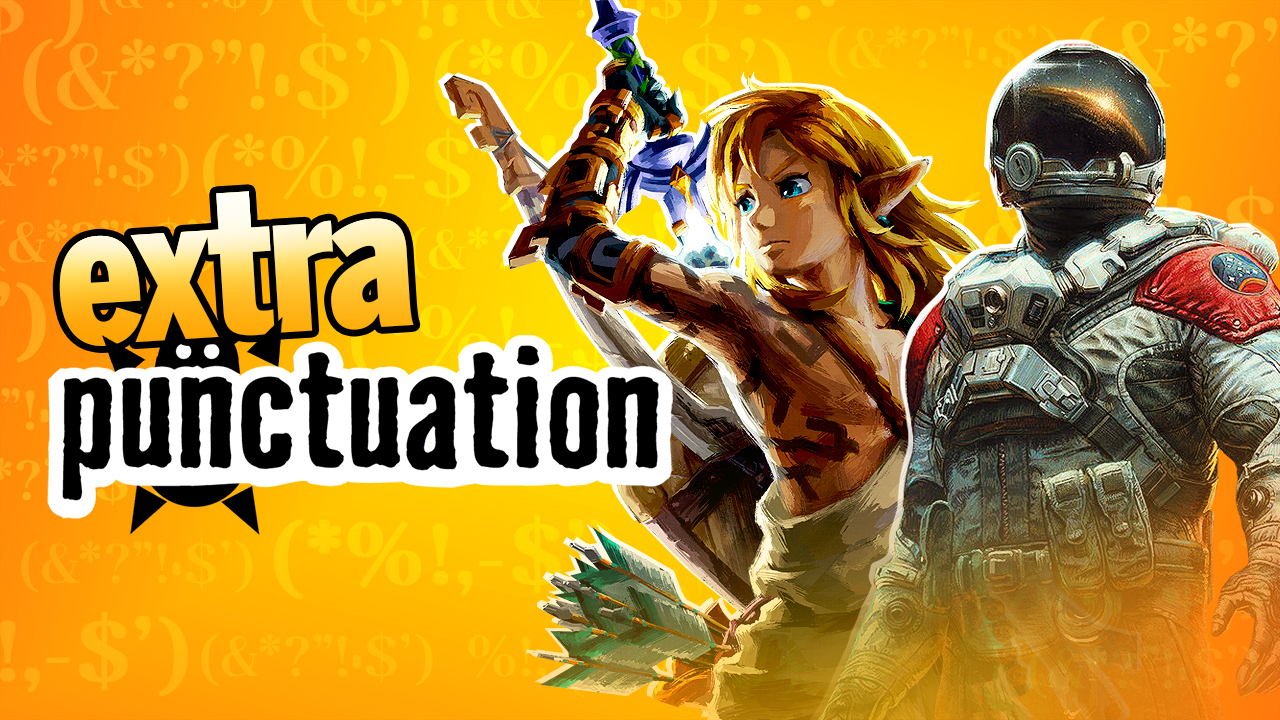
Well. I finally did it. I put a rather upsetting amount of money where my mouth is. Yesterday I received delivery of a new Alienware desktop gaming PC. Up until now, I’ve mainly played new games on the consoles, and occasionally whatever interesting new PC releases my laptop could run (usually for about an hour on the lowest possible resolution before it set fire to my desk and melted through the floor into the Earth’s crust). But no more! Now Steam releases can optimize as shittily as they want, and with the exception of exclusives and delayed PC ports, I can play all the newest games on a platform that doesn’t fill me with foreboding.
So I reckon my gaming habits are going to be comfortably sustainable in the event that the next console generation collapses into economic ruin and Call of Duty sequels. So once I’d set up my new machine that I have nicknamed The Fat Controller, and once I’d run out to buy a USB Wi-fi adapter that in my naivete I assumed would be built in, I inaugurated my return to the PC gaming master race by trying out The Stanley Parable. On the highest possible resolution. It ran very nicely, thanks for asking.
And it provides an interesting comparison to the subject of last week’s review, Beyond: Two Souls. Both are more suited to the label of ‘interactive story’ than ‘video game.’ Both gear more towards movement along a linear story that branches off in places, rather than any challenge or organic gameplay. The main difference being that The Stanley Parable is breezy and entertaining, and Beyond: Two Souls is clunky and shite.
The comparison illustrates one of the reasons I sought to focus more onto PC gaming – that any attempt at innovative narrative design in a triple-A console release can’t even move off the starting block until it has demonstrated a willingness to show off as much top-of-the-range graphics tech as possible over the course of at least 6 hours of campaign, and generally tick enough boxes to sufficiently assure a fat return on investment. Whereas attempts at innovative narrative design on Steam you can basically just throw out there and see if it works.
The fact that The Stanley Parable can say everything it wants to say within less than a couple of hours is also a big draw, because that’s about the right length for a purely narrative-based experience focusing on a limited number of characters. That’s why most films are about that length, too. Most video games go on significantly longer than that because they’ve got a lot of other things to pack in – organic gameplay, challenge, immersion, exploration, everything else that makes a game a game. The Stanley Parable keeps itself short because it has no pretension to being anything more than an interactive narrative.
‘Pretentious’ is the word that’s going to come up again and again in any conversation about Beyond: Two Souls, but specifically it lets itself down by pretending to be a video game, despite being a collection of linear, occasionally branching narrative sequences with no gameplay or challenge (anyone who knows me at all will understand when I say that quick time events do not count.) It fills itself with action sequences and fake urgency to maintain the illusion, occasionally letting you crouch next to bits of chest-high wall for a bit as long as you promise to stay where it can see you.

Actually, B:TS is pretty bad at the whole branching narrative thing, too, because several aspects of the plot seem to be utterly predetermined regardless of your efforts. The character of the hunky CIA colleague, for example, seems to default to being the primary love interest no matter how abominably you treat him (and you should treat him very abominably because he’s a complete git.)
One of the main things Stanley Parable has over B:TS is that it is self-aware. It’s almost a deconstruction of barely-interactive storytelling. You are a silent protagonist and your actions are narrated by a calm, academic-sounding voice just before you make them, and the branching comes when the player chooses between obedience or disobedience. Of course, disobedience is just obedience of another kind. It’s still following a linear narrative, just one in which the narrator becomes increasingly exasperated with your actions. In doing that, the story shifts from you, Stanley, being a hapless character trapped by the whims of an omnipotent being, to Stanley and the narrator both being hapless characters trapped by each other.
It reminds me appealingly of Rosencrantz And Guildenstern Are Dead: a sort of exploration of characters becoming aware of being trapped inside a story but unable to do anything to escape it. It’s filled with amusing little touches you can only find by making the effort to struggle against participating in either the obedience or the disobedience paths. Through some less-than-obvious physics manipulation you can jump out of a window, only to be called out for expecting to find something, for example. My personal favourite, though, is to duck into a broom closet mid-way through the obedience path and refuse to leave, prompting the narrator to eventually conclude that you must have died.
Most of all what makes TSP a more interesting story experience than B:TS is that TSP has fluid characters. Stanley is a blank cypher whose personality is interpreted entirely from the choices we make, whereas the narrator’s personality changes significantly depending on how much control we permit him to have over the situation. Beyond: Two Souls, on the other hand, seems to have a pretty good idea from the outset what it wants its characters to be, and could give two shits for any contribution you want to make. The story hopping back and forth through time creates a sense of disconnection between events, and any development characters undergo throughout a chapter is reset at the start of the next.
In brief, then, the games are hardly worth comparing, because while The Stanley Parable is actually a player-controlled branching narrative, Beyond: Two Souls merely puts on an illusion of one. And while The Stanley Parable will occupy far less of your time, at least none of that time is spent watching Willem Dafoe attempting to smile.
Yahtzee is a British-born, currently Australian-based writer and gamer with a sweet hat and a chip on his shoulder. When he isn’t talking very fast into a headset mic he also designs freeware adventure games. His personal site is www.fullyramblomatic.com.





Published: Oct 29, 2013 04:00 pm